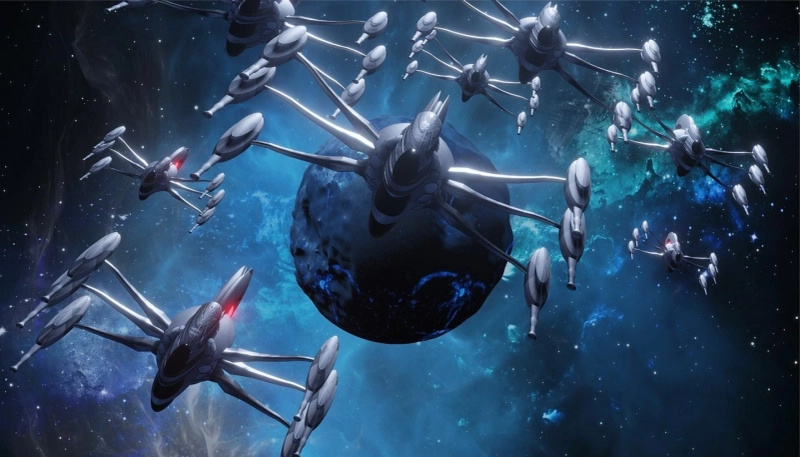Science fiction isn't just spaceships blasting off and robots taking over the world. It's a genre brimming with possibilities that delve beyond the real world. Sure, it often features time travel, futuristic settings, and space exploration, but it encompasses a much wider universe. Imagine being in a dystopian society where technology has gone awry or a cyberpunk world where neon lights illuminate a society intricately linked with machines.
This genre isn't afraid to explore the dark corners of what-if scenarios, forcing us to confront the potential consequences of scientific and technological advancements. But it's not all doom and gloom! At its core, science fiction is about the human spirit soaring through the cosmos. These stories ask thoughtful questions about our place in the universe, the impact of technology on society, and what it means to be human. Science fiction truly shines through the triumphs and struggles of characters facing extraordinary situations, reminding us of the power of connection and the endless possibilities.
Ultimately, it's all about transporting readers to entirely new realities. Imagine soaring through a metropolis built on the rings of Saturn, where neon signs cast an ethereal glow on chrome towers that pierce the swirling gasses of the giant planet. Or, picture a subterranean civilization nestled deep within the bioluminescent caverns of an exoplanet, where fantastical flora and fauna illuminate the darkness.
"Injustice: A Crater Novel" by Brad Nelsen explores fundamental questions about the depths of science fiction literature and uncover three vital components that form the backbone of any compelling sci-fi novel.
Futuristic Settings
Imagine a space prison carved into a monstrous asteroid. In this place, the unforgiving environment becomes another character, constantly testing the limits of human endurance. Nelsen's descriptions aren't just about the clanging metal corridors and flickering lights; they convey the claustrophobia, the ever-present sense of danger, and the psychological toll it takes on the characters.
Complex Characters
Science fiction characters can be more than just one-dimensional tropes. While there are classic character types like the heroic space captain or the menacing alien overlord, the best sci-fi characters are well-rounded individuals with complex motivations and backstories. Even in fantastical settings, science fiction characters are most relatable when they grapple with human emotions and experiences. "Injustice: A Crater Novel" isn't a one-man show. David's journey is undoubtedly crucial, but Nelsen likely populates his space prison with a rich cast of supporting characters. Exploring how these characters interact and influence David's journey adds depth and complexity to the narrative.
Intriguing Technological Concepts
Technological advancements and futuristic concepts are crucial in shaping the world of science fiction literature. The book introduces readers to a plethora of innovative technologies and alien civilizations, each more fascinating than the last. Readers are immersed in a limitless world of possibilities, from advanced space travel to complex communication systems. Nelsen invites readers to contemplate the ethical implications of scientific progress and the potential consequences of our actions.
Through fascinating futuristic settings, complex characters, and mind-bending technological ideas, authors like Brad Nelsen captivate readers and transport them to worlds beyond imagination. "Injustice: A Crater Novel" explores the depths of science fiction literature.
Ready to start an unforgettable science fiction escapade? Dive into "Injustice: A Crater Novel" by Brad Nelsen and unlock the genre's essence today.
Grab your copy today!



